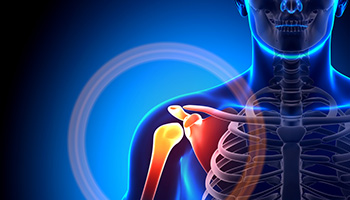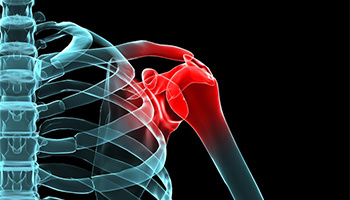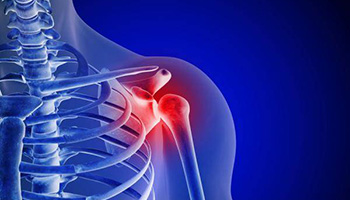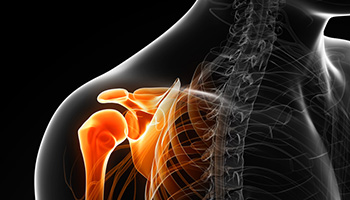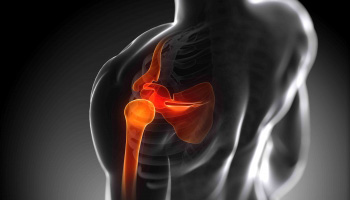WORLD-CLASS
SHOULDER RESTORATION
20+
WHAT WE DO

Rotator Cuff Tears

Shoulder Arthritis

Shoulder Sports Injuries

Complex Shoulder Conditions

Shoulder Fractures
PATIENT BENEFITS

Minimally Invasive Treatment
Arthroscopic surgery is a minimally invasive technique that uses small incisions and a tiny camera/video to treat many injuries of the shoulder. Many sports injuries result in a labral tear or rotator cuff tendon tear which are effectively treated arthroscopically today. Some salvage procedures for irreparable rotator cuff tears such as superior capsular reconstruction or subacromial balloon placement can also be performed arthroscopically today. Dr. Costouros has treated elite athletes at all levels, from the recreational athlete to collegiate, olympic, and professional athletes.
Rapid Recovery


Comprehensive Care
OUR SHOULDER EXPERT
Dr. John G. Costouros MD, FACS, FAAOS
Shoulder Disorders Specialist and Shoulder Surgeon at the Institute for Joint Restoration and Research

Sports teams we’ve worked with:





FEATURED IN






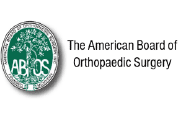
PATIENT RESOURCES
MEDICAL PUBLICATIONS
BY DR. JOHN G. COSTOUROS MD, FACS, FAAOS
Anatomic Total Shoulder Arthroplasty: Component Size Prediction with 3-Dimensional Pre-Operative Digital Planning
The rate, complexity, and cost of total shoulder arthroplasty (TSA) continues to grow. Technology has advanced pre-operative templating. Reducing cost of TSA has positive impact for the patient, manufacturer, and hospital. The aim of this study was to evaluate the accuracy of implant size selection based on 3-D templating. Our hypothesis was that pre-operative templating would enable accurate implant prediction within one size.
Eclipse stemless shoulder prosthesis vs. Univers II shoulder prosthesis: a multicenter, prospective randomized controlled trial
Total shoulder arthroplasty is an accepted treatment for glenohumeral osteoarthritis. The Arthrex Eclipse shoulder prosthesis is a stemless, canal-sparing humeral prosthesis with bone ingrowth capacity on the trunnion, as well as through the fenestrated hollow screw, that provides both diaphyseal and metaphyseal load sharing and fixation.

